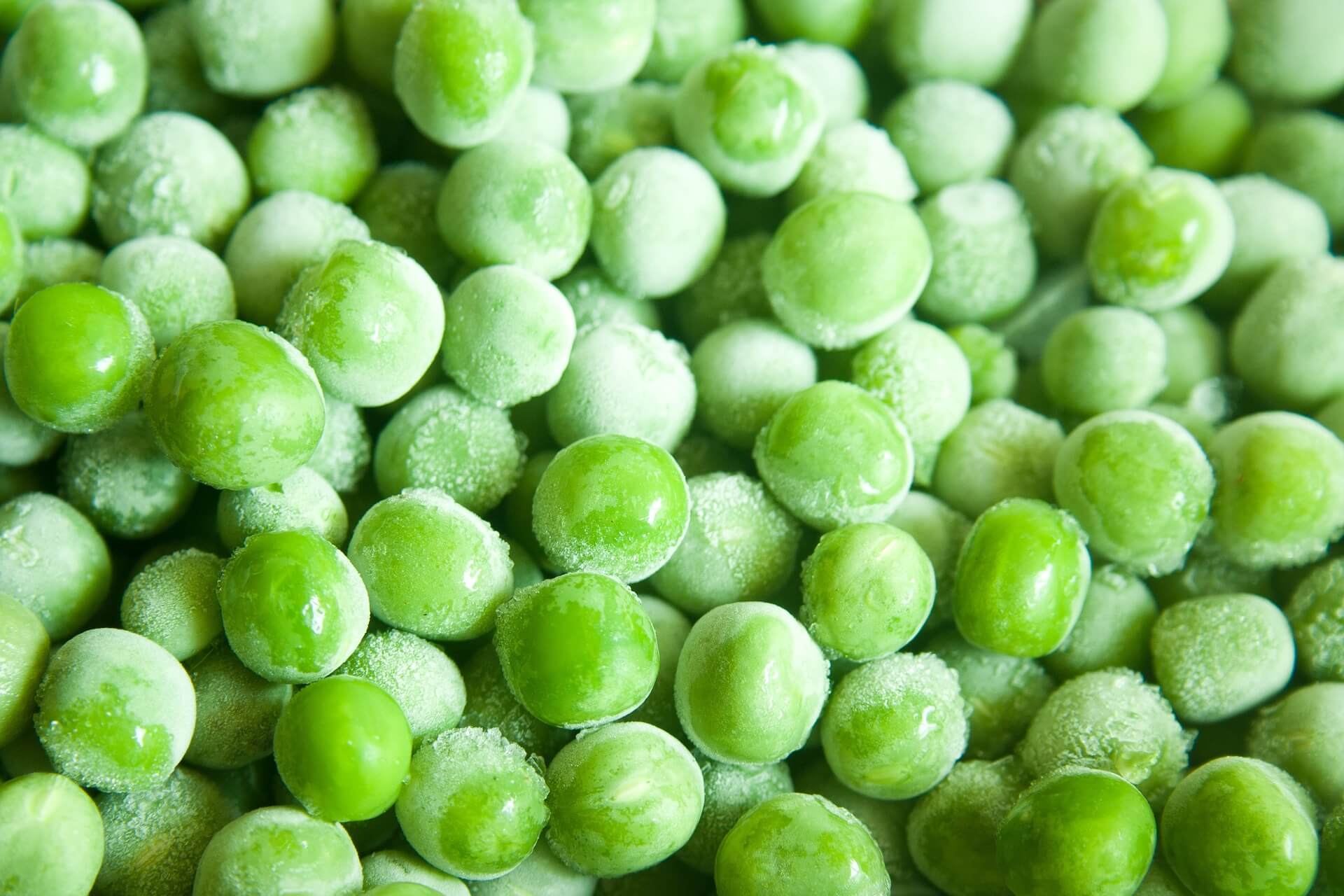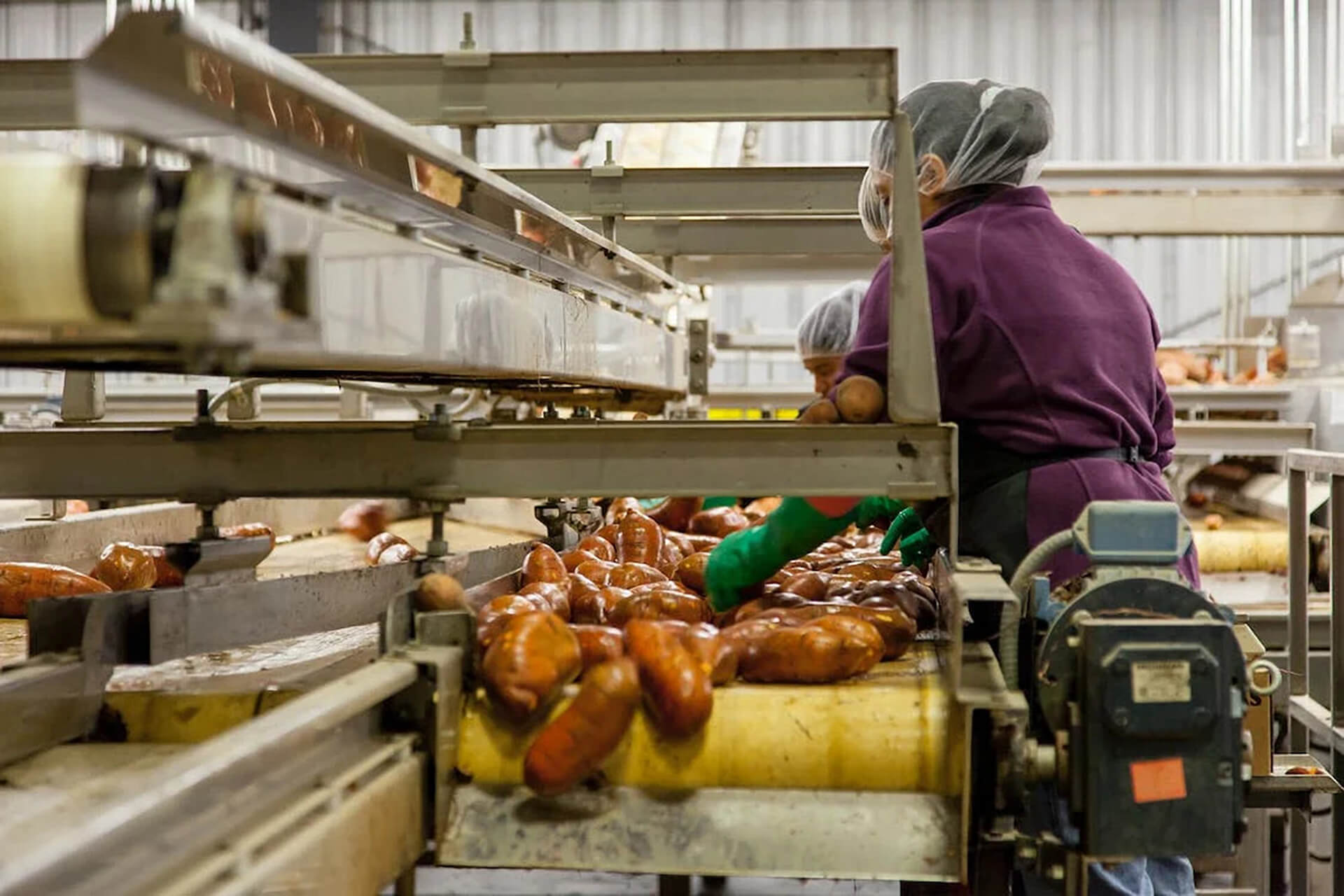It’s no secret that freeze drying is a great way to preserve various types of foods. It has the ability to retain the nutrients in food and does it better than other methods. With so many benefits, you might be curious about whether problems with freeze drying exist.
The truth is that some people who freeze-dry their foods for the first time can make mistakes that increase the likelihood of messes, uneven processing, and food going rancid. Find out more about these potential issues and tips to avoid them.
What is Freeze-Drying?
Freeze drying or lyophilization is a dehydration technique used to extend a product’s shelf-life by removing all moisture. It occurs in three stages, which are (1) freezing (2) primary drying or sublimation, and (3) secondary drying or adsorption.
Compared with other dehydration methods, freeze drying produces better products in terms of their shape, color, texture, and nutritional value [*].
Fresh produce, meats, and seafood are common examples of foods that can be freeze dried, but you can also do it for whole meals, beverages, and even microorganisms.
Common Freeze-Drying Problems and Mistakes
Here are some issues people usually encounter when freeze drying for the first time. I’ve also provided suggestions to put you on the right track.
1. Freeze drying big chunks of food
The larger the pieces of food, the longer they will take to dry. Not to mention, big chunks of meat may go rancid due to their fat content. For the best freeze drying results, make sure to cut food into small uniform pieces. Doing this ensures that moisture is completely removed and that each piece is fully processed.
2. Combining meat and other foods in the freeze drying chamber
While it’s fine to freeze-dry different types of food at once, as long as they have similar flavors, avoid mixing raw meat with other products. An example would be raw beef and fruits.
When you’re handling raw meat, you’ll want to avoid cross-contamination. In a previous article on whether freeze drying kills bacteria, I explained that freeze drying does not destroy, but rather inhibits their growth. So, avoid putting raw meat and plant foods in the same batch.
3. Not cleaning your freeze dryer after every use
Part of caring for your freeze dryer is cleaning it after each run. Use a damp cloth and mild soap to wipe the interior, then dry the surfaces with a separate cloth. Neglecting cleaning may lead to clogs and malfunction over time.
4. Not storing freeze-dried foods properly
Freeze-dried products can last up to 25 years depending on how you store them. This is why ensuring proper storage of your foods is crucial to maximizing their longevity. Right after freeze drying, place food in an airtight container, such as Mylar bags. They’re affordable and offer protection from light, moisture, and odor.
5. Overloading your freeze dryer trays
When you’re in a hurry, it’s tempting to overload freeze dryer trays with food. However, keep in mind that more food means more drying time required. As a best practice, check the recommended load size for your freeze dryer. For example, a small freeze dryer can accommodate up to 7 pounds of food only.
If you plan on investing in a freeze dryer, always consider its capacity so you can pick the right one for you — small, medium, or large.
6. Freeze drying foods high in fat and sugar
Another common mistake with freeze drying is doing it on fatty and sugary foods. Yes, you can freeze-dry almost any food, but those with high-fat and high-sugar content are an exception.
Because fat goes rancid sooner, your freeze-dried food will last only a few years. If you want to freeze-dry meat (e.g. an already-cooked steak), drain or remove the extra fat prior to processing it. When it comes to sugary items like honey and jams, what happens is that they’ll remain sticky even with increased drying time. So, avoid freeze drying them.
7. Not using a liner
Freeze dryer tray liners (non-stick parchment papers) can save you from a lot of stress of cleaning the trays. They protect the bottom and sides of the tray from grease and different flavors since food flavors can stick to the tray.
Summary
Ensure the success of your freeze drying experience by following the tips above. Remember food preparation, storage, and maintenance. Checking the owner’s manual of your freeze drying machine helps while also learning through personal experience (and the stories of others who are doing it). The process of freeze drying is both a science and an art!
If you’re thinking of freeze drying as an option for your business, we can work with you to meet your needs. Contact Empire Freezing & Drying at 973-649-9800 or info@empiredrying.com to discuss more.



